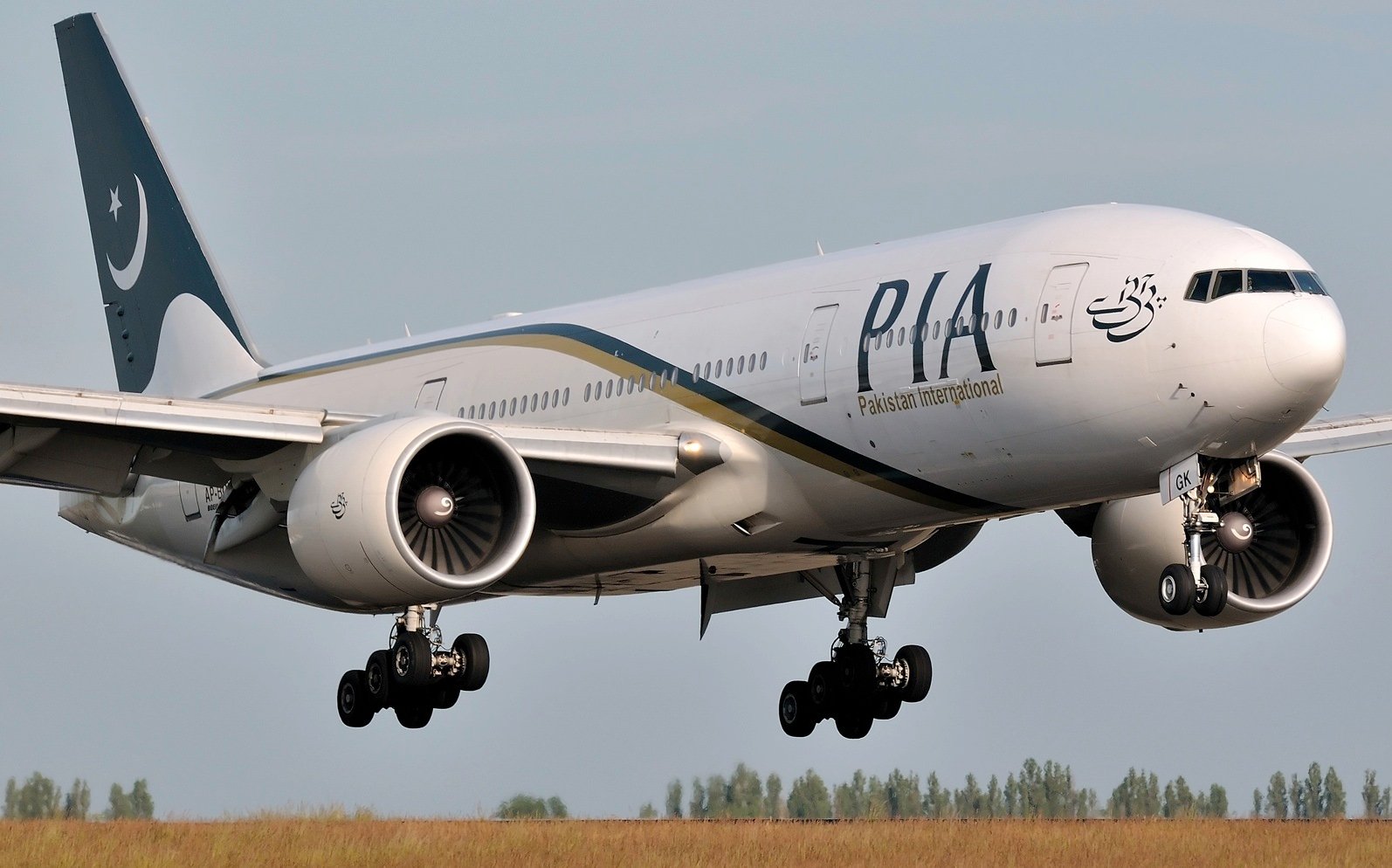The revival of Pakistan International Airlines (PIA) on its former European routes marks a significant achievement for Pakistan’s aviation and tourism industries. This move presents a unique opportunity to enhance the country’s global reputation, with the Pakistan Tourism Development Corporation (PTDC) collaborating closely to ensure the benefits go beyond air travel. Aftab ur Rehman Rana, Managing Director of PTDC, expressed optimism about how PIA’s return to European flights will contribute to Pakistan’s broader tourism objectives. In an interview with APP on Sunday, he explained, “This revival is part of a larger strategy to promote Pakistan’s tourism potential.”
Rana highlighted that increased connectivity will not only attract tourists but also investors and cultural ambassadors by showcasing Pakistan’s hidden gems to the world. PTDC aims to reshape Pakistan’s image, shifting perceptions of the country from negative stereotypes to one that is known for its stunning landscapes, diverse cultures, and rich history. The revival of PIA’s European routes plays a direct role in this, boosting the tourism sector and promoting a favorable international perception of Pakistan.
“PIA’s European routes will link travelers to Pakistan’s beauty and culture, making it a more appealing destination,” Rana noted. The return of PIA and the resurgence of tourism are closely linked. PTDC has worked diligently to change Pakistan’s image and position the country as an attractive destination for travelers, a strategy supported by initiatives like the online visa policy, which offers fast processing for citizens from 126 countries. These efforts align with the aim of establishing tourism as a sustainable industry. PTDC’s data shows that international arrivals to Pakistan reached 2.21 million in 2023, with a forecasted 15% growth in 2024. This growth reflects a rising global interest in Pakistan, fueled by its natural beauty, hospitality, and cultural heritage.
The reinstatement of PIA’s European routes will further accelerate this trend by making travel to Pakistan more accessible and reliable. “We are seeing an increase in tourists from key markets like the USA, China, Germany, and the UK,” said Rana. “With more travel options through these European routes, we expect this growth to continue.”
Pakistan boasts some of the world’s most breathtaking landscapes, from towering mountains to lush valleys, as well as a rich cultural heritage. In recent years, CNN and Forbes have recognized Pakistan as an emerging travel destination, and the British Backpacker Society named it one of the “friendliest countries” with some of the most spectacular mountain views. PTDC has been building a framework to support both inbound tourism and local economic growth, including the streamlined online visa policy that processes free visas for citizens from 126 countries within 24 hours. This initiative ensures a smooth experience for tourists once PIA’s flights bring them to Pakistan.
PIA’s journey has been marked by both success and decline. Once a symbol of national pride, the airline was known for its top-notch service, modern fleet, and ability to connect Pakistan globally. In the 1960s and 1970s, PIA was respected worldwide. However, mismanagement, financial difficulties, and poor policies led to its downfall over the years. By 2020, PIA was facing significant losses, with debts exceeding PKR 56 billion. Political interference, corruption, and failure to modernize further diminished the airline’s global standing.
The revival of PIA’s European routes is more than just about restoring an airline; it’s part of a larger initiative to reclaim Pakistan’s global standing and stimulate its economy. As PIA resumes services to Europe, the goal is not only to bring in more passengers but also to make Pakistan a more attractive destination for tourists. Rana views this as a pivotal moment for both the airline and the country. As Pakistan’s tourism sector continues to recover, PIA’s revival could usher in a new era of growth for both the airline and the national tourism industry. While the path to recovery remains challenging, there is hope that ongoing collaboration between government agencies, PIA, and the private sector will allow Pakistan’s skies—and its tourism sector—to thrive once again.





